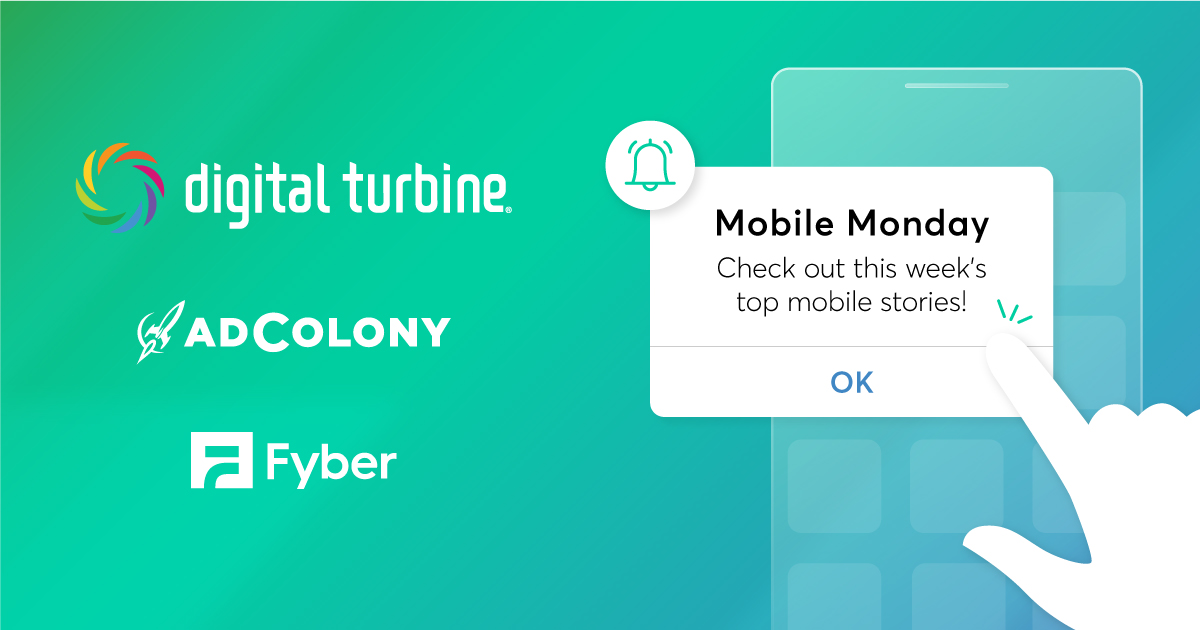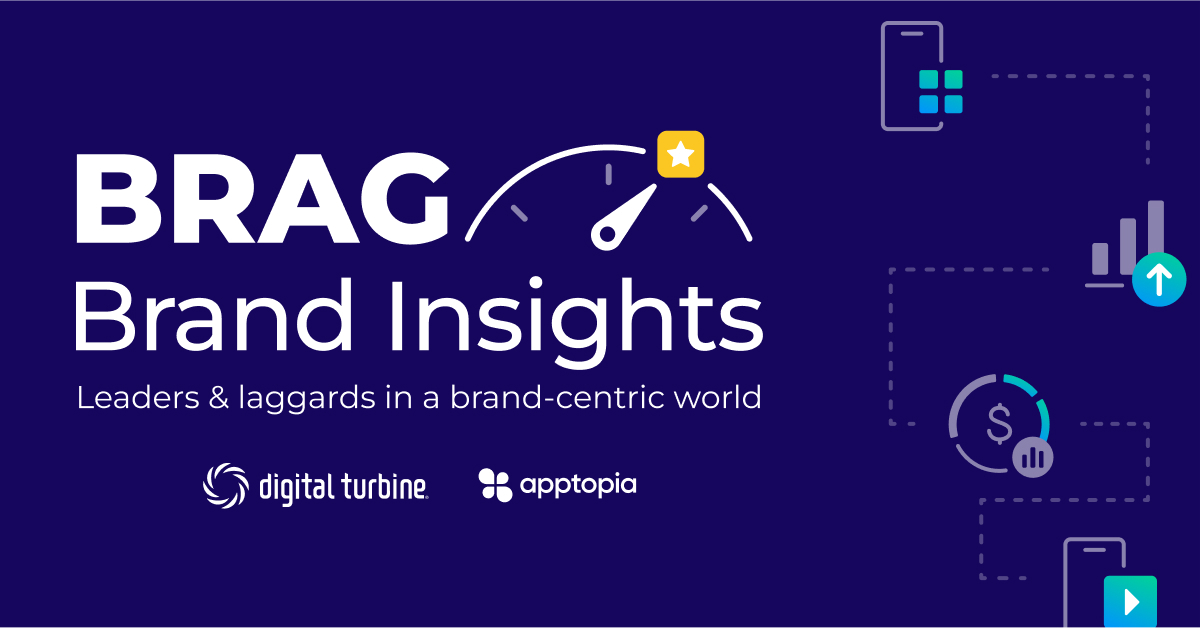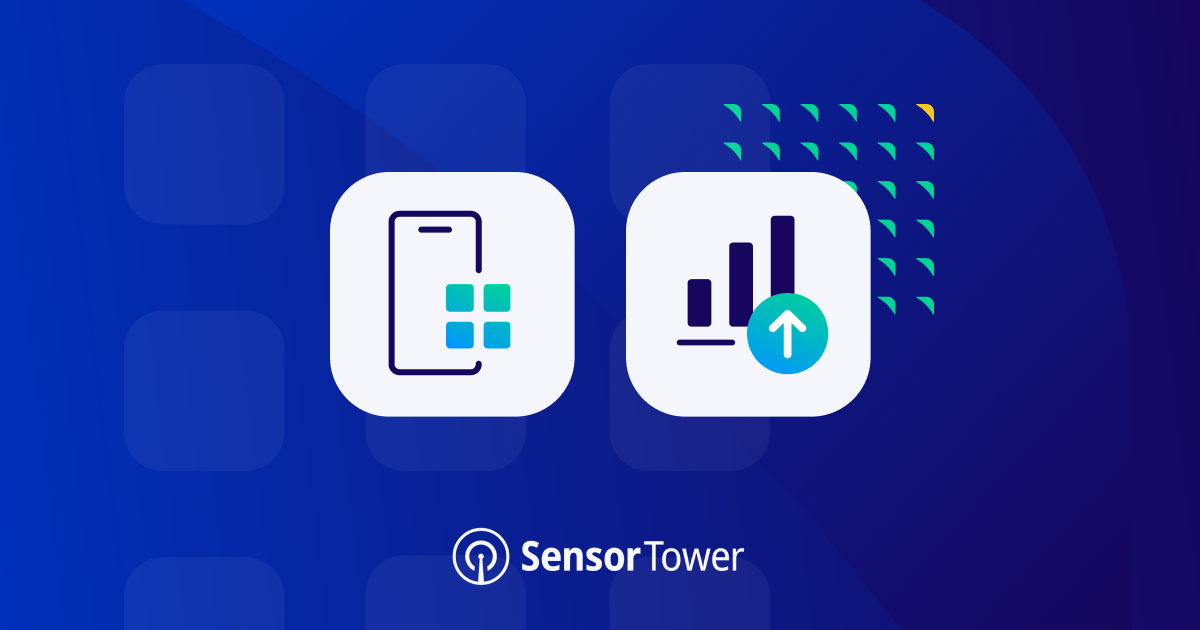Push notifications are one of the earliest methods mobile developers were given to draw players back into apps. Since being added to iOS in 2008 with the introduction of iOS 2.0, and the official Android 2.2, developers have pushed to engage with notifications.
According to Apple a push notification is defined as “Send over-the-air alerts, such as news updates or social networking status changes.”
The main advantage of push notifications over in-app messages is the ability to draw the user back into the app after they’ve exited, unlike in-app notifications that require a user to be actively using an app to see them. Stay tuned for an upcoming blog post about in-app messages.
Users do have to opt-in to push notifications, which is a standard dialogue across devices. More about that later.
Compared to email’s 1-4% engagement click-through-rate (CTR), push has a huge advantage, with CTR’s as high at 40%. High-quality third party push services can also offer linking to specific parts within an app, though some solution may only open the app and nothing more.
Getting the Most out of your Push
There’s some simple ways to ensure success with your next push campaign.
-
- Define – One of the most fundamental things you can do to have a successful push campaign is define what success looks like. Defining your key performance indicator (KPI) with a specific goal behind it is often the key to actually succeeding, not just knowing if you did well.
-
- Segment – Once you know what the goal is, the next step is to determine which users will respond best to the push messages you have planned. Users in a specific geo? Users who haven’t engaged with your app in 7 days? 14 days? Carefully segment individual messages to avoid the “stop bothering me” uninstall from frustrated users. Blast messages should be avoided unless you have the greatest thing ever to show your users.
-
- Time – Sounds simple enough. Make sure those push messages arrive when user actually have their phones on them. Messages that stack while a user might be sleeping may be ignored or dismissed the moment they wake up to go and check facebook, or even just to dismiss the alarm. According to analytics firm Localytics, 10AM to 1PM (at a users’ local time) is the best time for delivery.
- Learn & Refine – Once you’ve got a couple of push campaigns under your belt, any good messaging service should be able to tell you their success, and from there, you can learn. Maybe pop-culture references aren’t doing it for you. Try stronger CTA’s. And so on.
Part of the Whole
 Push notifications should always be part of a larger whole. Combined with email campaigns and in-app messaging, publishers can engage with their users on many different fronts, ensuring high engagement. You should always remember to be judicious about the total amount of notifications
Push notifications should always be part of a larger whole. Combined with email campaigns and in-app messaging, publishers can engage with their users on many different fronts, ensuring high engagement. You should always remember to be judicious about the total amount of notifications
Another word of warning though – Publishers should be wary about leaning too much on notifications to reengage their users. Opt-in rates for 2015 dropped slightly from 2014, from 52% to 49.8%. While it’s possible improvement to the lock screen and rich notifications in iOS10 may help alleviate some users’ trepidation, there will always be some users you can’t reach via Push.
Push messages have been around for a while, but are still a growing engagement and retention tool, and an effective part of the whole toolbox. Integrating them into the wider marketing and CRM strategies will only increase the chances of success for most publishers.
Join the Conversation
What are your notification and message best practices? Tweet your thoughts to @AdColony. For the latest AdColony mobile news and updates, follow @AdColony on Twitter, like us on Facebook, or connect on Linkedin.
- Effectively Scaling Apps – The Myth of the Whale Busted - May 17, 2022
- How to Maximize and Optimize Engagement in Your App - May 5, 2022
- Offer Walls for App Monetization: Everything You Ever Wanted to Know - April 14, 2022



